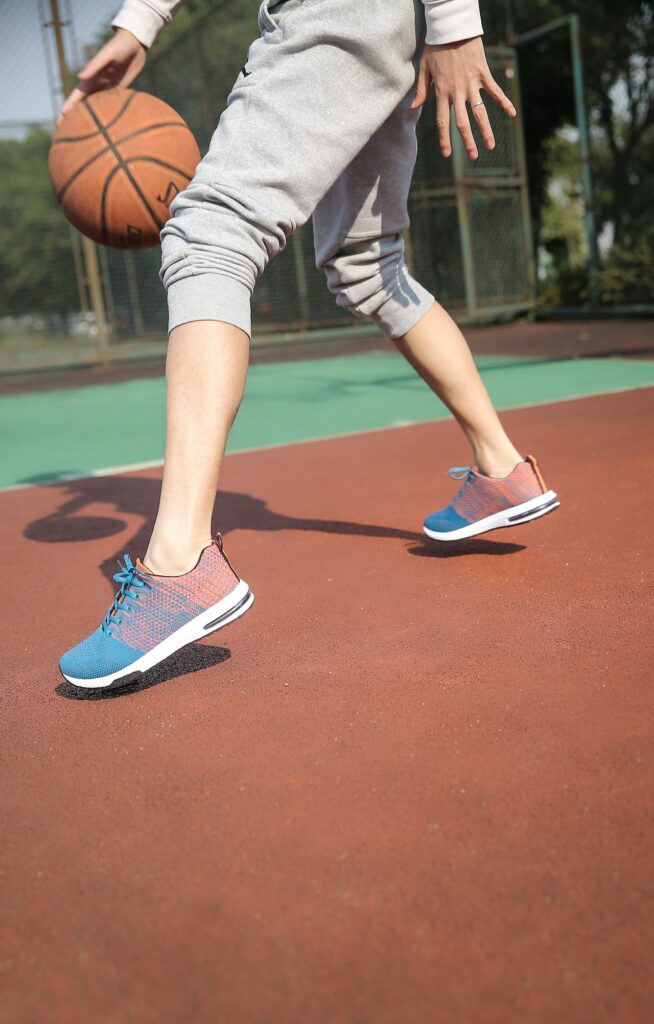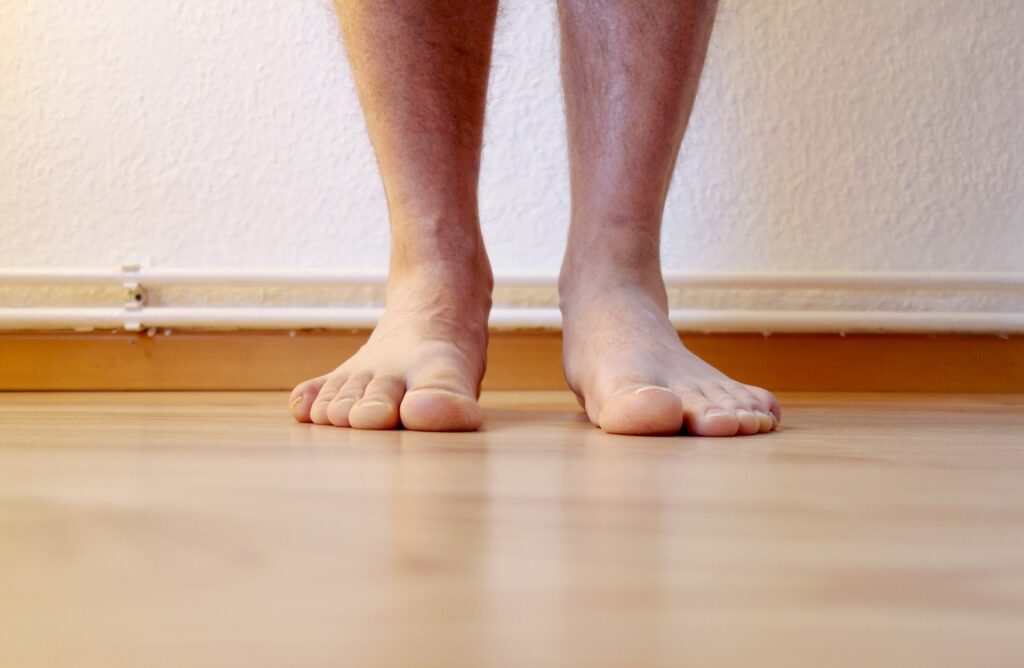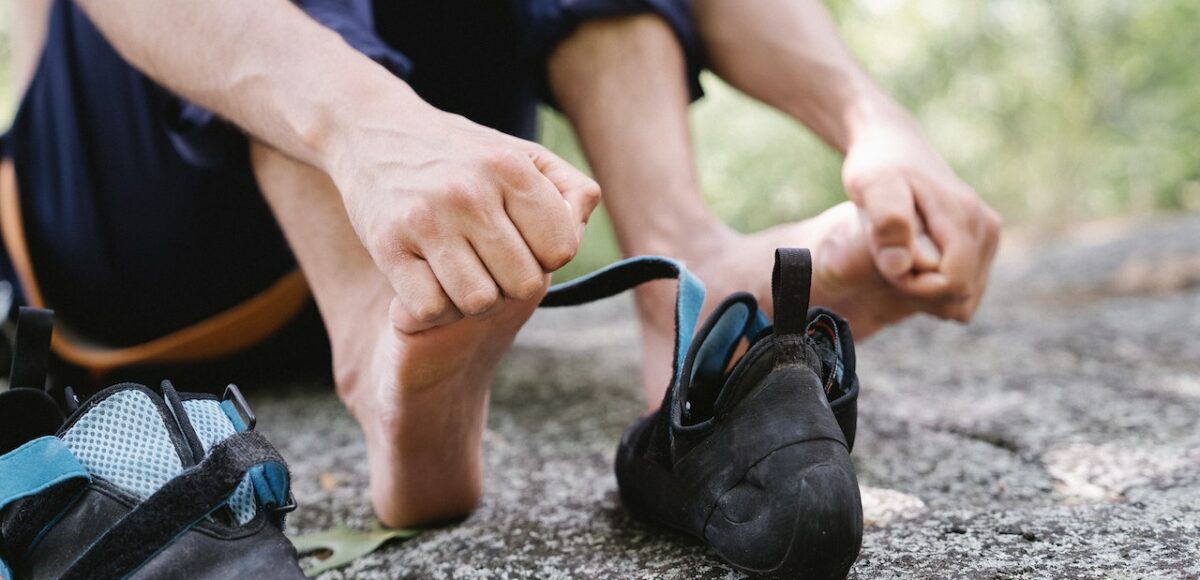Athlete’s foot is an all-too-common affliction in people who are physically active – and even those who aren’t. Although this fungal infection is relatively easy to treat, serious cases of it are liable to cause considerable discomfort and take a long time to fully go away.
To make matters worse, some people deal with athlete’s foot on a seemingly perpetual basis. So, if you can’t seem to stop contracting this cumbersome condition, take care to avoid the following behaviors.
You’re Wearing The Same Socks For Extended Periods
There are numerous reasons for which consistent sock-changes are essential. For one thing, the longer you wear a pair of socks, the more likely they are to start smelling. Furthermore, wearing dirty clothes for extended periods is generally considered unhygienic and socially frowned upon. Most notably, however, such behavior is highly conducive to the formation of athlete’s foot.
The longer a pair of socks remains on your feet, the longer your feet will remain mired in sweat and assorted bacteria. And if you regularly work out or engage in other activities that generate a considerable amount of sweat, your socks are likely to be breeding grounds for foot fungus.
With this in mind, make a point of changing your socks at least once a day, regardless of whether or not you do a lot of sweating. Furthermore, take care to change them immediately after workouts and other sweat-inducing activities.

You’re Sharing Footwear With Other People
In addition to regularly changing your socks, you’ll need to avoid sharing socks – and other footwear – with other people. Athlete’s foot is contagious, and wearing someone else’s socks or shoes can expose your feet to foot fungus and harmful bacteria.
Similarly, allowing other people to wear your shoes and socks stands to expose them to any foot fungus issues you’re currently experiencing. Of course, athlete’s foot isn’t the only type of fungal infection that can be spread through such behavior.
Other common fungal infections, like jock itch and ringworm, can spread through sharing towels, washcloths and clothing, so if you share any of these items with other people, stop doing so immediately.
You’re Not Giving Your Feet Room To Breathe
Overly tight socks and shoes can be conducive to the formation of athlete’s foot, as the less room your feet have to breathe, the more immersed they’ll be in sweat and bacteria.
As such, you should prioritize comfort and breathability when shopping for footwear and invest in antimicrobial activewear.
You Aren’t Properly Treating An Existing Infection
It’s important to understand that athlete’s foot is not a condition that will simply go away on its own. So, regardless of how minor – or how serious – a case of athlete’s foot is, it’s going to remain with you until such time as you properly address it.
Furthermore, the longer an athlete’s foot infection goes untreated, the more likely it is to spread. Luckily, successfully treating athlete’s foot shouldn’t place a strain on your time or financial resources. In many cases, athlete’s foot can be effectively treated in a timely manner without the aid of professional medical attention.

There are a variety of over-the-counter creams, gels and powders that are designed for this very purpose and affordable on even the most stringent budget.
Should these solutions fail to do the trick, you may need to seek professional medical advice, but more often than not, the above-mentioned medications should do the trick. You’ll also need to avoid making the mistake of ceasing treatment once the problem starts to go away.
If you don’t see a treatment plan all the way through, athlete’s foot is likely to stay with you for a very long time. This is why certain creams and gels recommend using the entire tube, regardless of how quickly you begin seeing results.
It’s easy to see why athlete’s foot generally isn’t regarded as a serious affliction. While extreme cases are far from unheard of, many people only experience minor irritation and itchiness when dealing with athlete’s foot.
However, if left untreated, the condition can spread to your toenails, hands and possibly even other people. That being the case, you should take active measures to avoid developing athlete’s foot and promptly treating the condition whenever it appears. Fortunately, neither of these tasks should prove difficult – especially with the pointers outlined above.
Barbra Maranda
Latest posts by Barbra Maranda (see all)
- 6 Study Tips For College Students - March 27, 2024
- Benefits Of A Smoke-Free Home - March 13, 2024
- Cyberbullying Affects Teens More Than You Know - March 9, 2024




